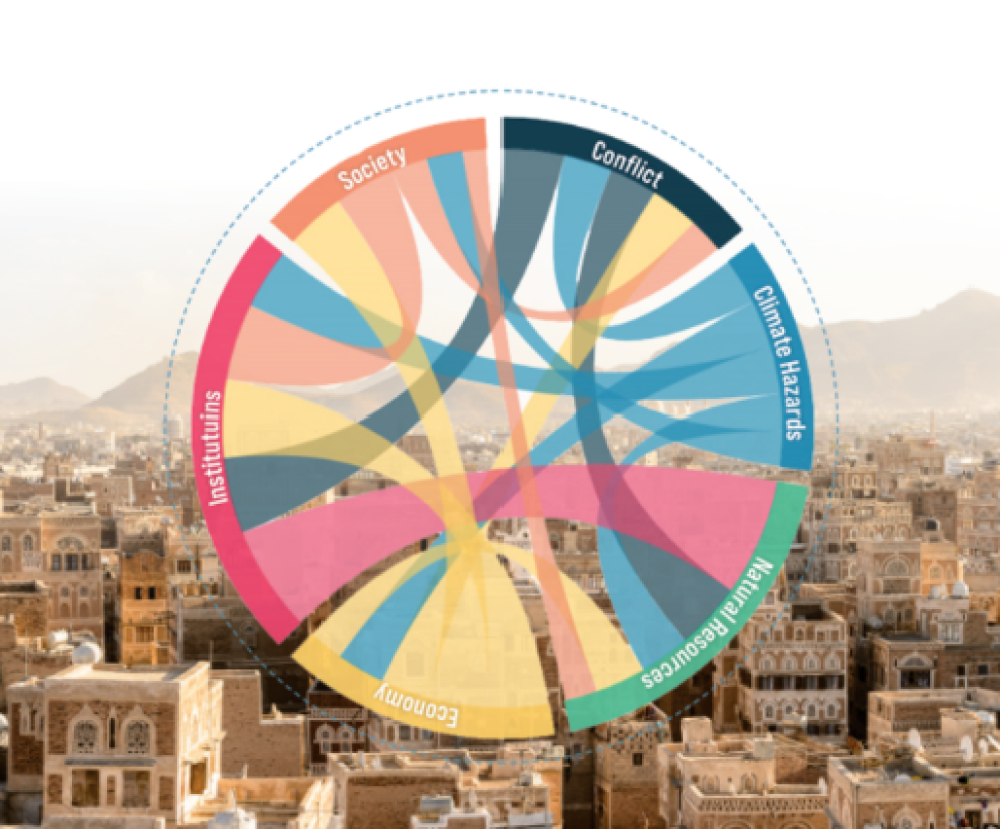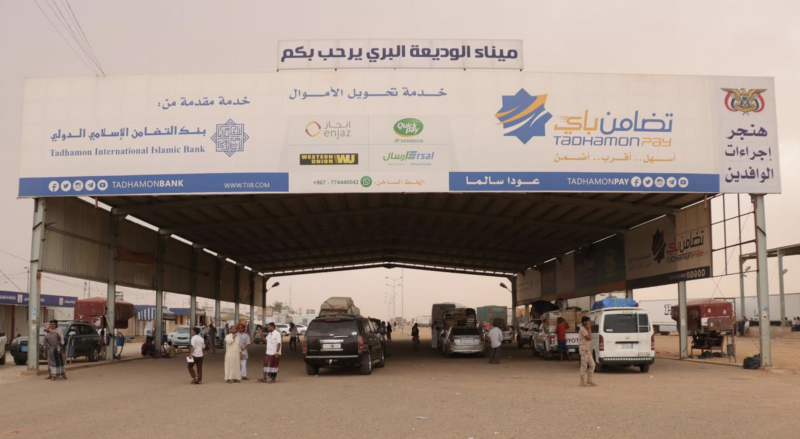Country risk analysis: Yemen


Key messages
Three risk pathways (conflict, climate and development) lead to a higher risk of conflict in Yemen through a combination of two elements: high vulnerability and low resilience. Vulnerability is defined as structural exposure to shocks, and resilience is defined as the policy-driven capacity to absorb their impact.
Risk in Yemen is alarmingly high and has been consistently increasing since 2010. Conflict risk and institutional risk contribute substantially to risk exposure in Yemen.
In Yemen, the main drivers of high vulnerability for 2021 were food insecurity, water scarcity and corruption. The main drivers of low resilience in Yemen were limited social protection, lack of government effectiveness and insufficient climate adaptation finance.
The overall level of risk in Yemen has deteriorated in the past decade. The country was more vulnerable and less resilient to conflict. The main driver of deterioration was conflict risk, driven by the ongoing, protracted hostilities. This is measured by higher levels of conflict intensity and conflict history.
Yemen also saw a marked deterioration in the climate hazard risk area, driven by a tenfold increase in the human impact of natural disasters. However, the country is slowly building resilience to climate hazards, largely as a result of increasing financial flows for climate adaptation.
The economic risk area recorded a significant deterioration in Yemen, driven by growing financial dependence and shrinking fiscal space. Additionally, the country is more vulnerable to natural resource risk, owing to increasing reliance on agriculture, a sector particularly exposed to adverse climate impacts.
Without proper risk mitigation actions, Yemen faces a high likelihood of violence, according to the forecasting model of the Violence Early-Warning System ViEWS-ESCWA project.

Sana’a – Nearly 300,000 migrants from the Horn of Africa entered Yemen between 2022 and April 2025, according to a new report released…

Lahj – Houthi militias carried out heavy and indiscriminate shelling on Saturday evening, targeting residential neighborhoods in Al-Musaymir…

Al-Wadi‘ah – Local sources at Yemen’s Al-Wadi‘ah border crossing with Saudi Arabia have reported the implementation of a ne…